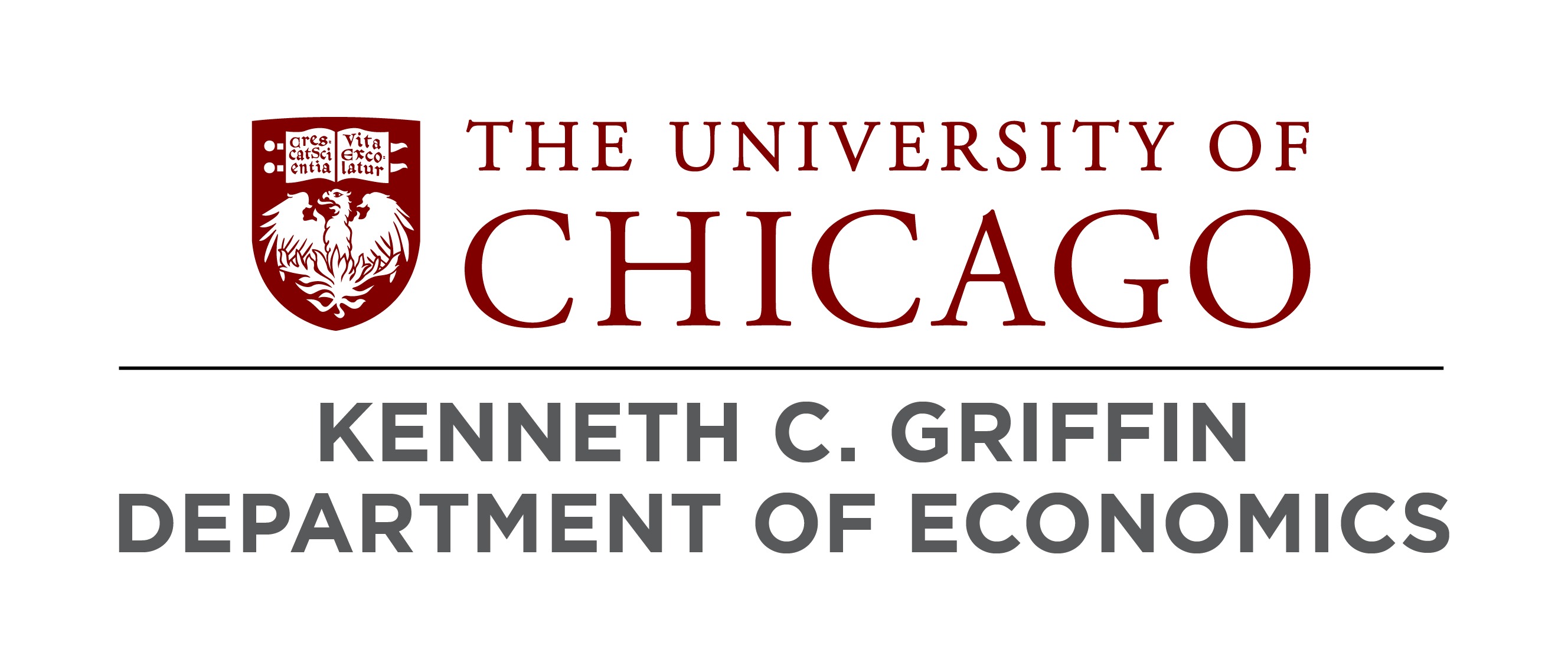ANTICIPATING AND ADAPTING TO CLIMATE CHANGE IS GOOD FOR WORKERS AND INVESTORS
PUBLISHED ON JUN 12, 2023
The following article originally appeared at epic.uchicago.edu.
A new study models the effects of migration and investment decisions made in anticipation of climate change impacts and finds changing behaviors to account for climate change makes good financial sense.
Climate Change is expected to bring more frequent and intense storms and heat waves. Because we can expect this, we can also take steps to adapt and reduce the worst consequences on ourselves, our families, and our investments. If we do, the impact of climate change on our local economy could also shift due to our own actions to adapt. How much can we influence that economic impact? A new paper digs into this question by modeling the effect of climate change on worker migration and investment decisions.
“Overall, we find that when workers and investors change their behaviors—where they live or where they invest—to account for where warmer temperatures and more intense storms are going to hit areas the hardest, it ends up being a good decision for them,” says study co-author Esteban Rossi-Hansberg, the Glen A. Lloyd Distinguished Service Professor at the University of Chicago.
Rossi-Hansberg, along with his Harvard University co-author Adrien Bilal, collected daily data on average and extreme temperature, precipitation, and windspeed for every county in the U.S. since 1900. They then used these data to construct county-level indicators of 1-in-50-years storms, and 1-in-20-years heat waves. They discovered that the probability of storms in coastal counties and heat waves in warm counties has risen fourfold with the 1°C of global warming the planet experienced in the last century. As a result, storms and heat waves have reduced per capita income and population in these coastal and warm counties by 2-5 percent.
The researchers’ goal was to measure the importance of anticipating and adapting to these effects moving forward. They found that the effect of changes in global temperature, through the impact of more frequent storms, is essential to obtaining more accurate estimates of the welfare losses of climate change.
Looking nationally, they discovered that a 3°C increase in warming would lead to welfare losses of 11 percent for workers and 13 percent for investors on average by 2100. But the hard-hit areas would see much greater losses. Residents of coastal counties in Louisiana, for example, are more than 30 percent worse off in 2100 because of climate change, while investors along the South-Eastern coast could lose half their welfare.
They also found that the anticipation of climate change impacts plays a crucial role in migration patterns and investment decisions. Over 77 years, workers have time to migrate to less affected areas, making those areas better off. In fact, anticipation of climate change impacts leads to a 32 percent increase in migration. This is because workers leave locations that they expect will become less attractive as the climate worsens. At the same time, investors stop investing in these areas, raising the incentives for workers to leave.
Counties that are heavily exposed to extreme heat and storms in the South-East lose more than half of their population by 2100. While coastal counties in Florida lose most of their population, the state as a whole loses 46 percent of its residents. By people leaving, the value of capital in what are expected to be hard-hit areas also decreases—hurting the economy in these heavily exposed areas.
“While overall welfare in the United States balances out, as workers and investors leave one area for another, the areas that will be the hardest hit see large economic losses over time just as a result of these population and investment changes,” Rossi-Hansberg says.
But it is in the workers’ best interest. If they didn’t leave these heavily exposed areas, it would hurt them economically, the researchers found. If workers could never move out of particularly hard-hit areas, such as coastal counties in Florida and Louisiana, they would experience expected losses of 25 percent in 2023 instead of 5 percent, corresponding to an additional loss of $12,267 per year per capita.
 THE UNIVERSITY OF CHICAGO
THE UNIVERSITY OF CHICAGO

